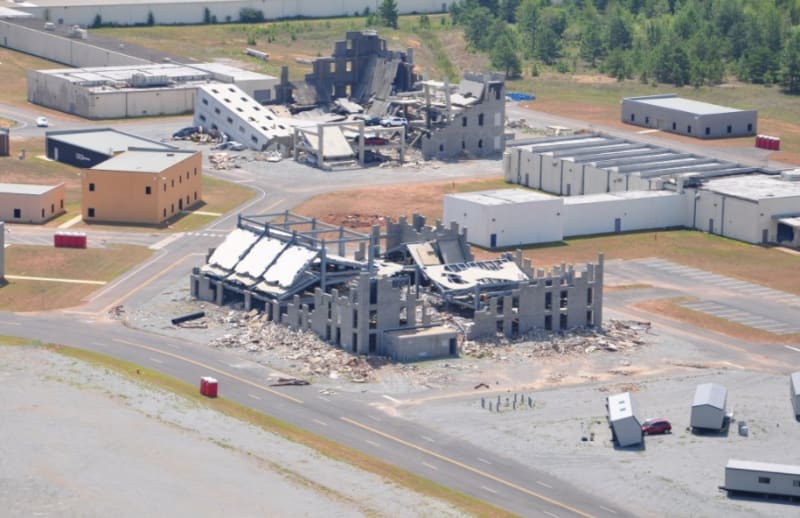Just got off the phone with my geologist buddy who is a sinkhole expert, worked with him as a structural engineer for over 8 years all around Florida. South FL geology is very different from Central and N FL geology, so a sinkhole as most know them is very unlikely. We are thinking on the beach there that would be a pile foundation to competent limestone probably 60 feet or more. It is possible that over 40 years some dissolution of that limestone could occur, but the rate is so slow that one would anticipate any settlement of the piles would be very slow and distress in the building would be apparent. The video of the collapse is also not what one would anticipate from a pile foundation failure. (I reserve the right to be completely wrong and surprised.)
The reports are coming in on the roof being worked on and there was a material lift for two weeks on that side of the building. I have evaluated at least two residential roof collapses because of improper staging of roof materials, albeit wood-framed residential, not a multi-story concrete building. But if 40 years of corrosion had affected the reinforcing, then you stage materials on top of that compromised roof slab, this type of failure is entirely possible. The roof repairs could have been to address an unmitigated roof leak, further exacerbating the situation.
I can not tell from the pictures if it is a flat slab with traditional reinforcement or post-tensioned, but we know that PT is vulnerable to catastrophic failure. Corrosion may have affected the ends at multiple floors and balconies. Once the roof slab started to fail it would pull inward on the walls, and the weight and dynamic force of that collapsing onto the upper floor could have caused a chain reaction failure, not that different than the World Trade Center collapses.
Like with most collapses, there are often multiple causes, and this could be one of those.
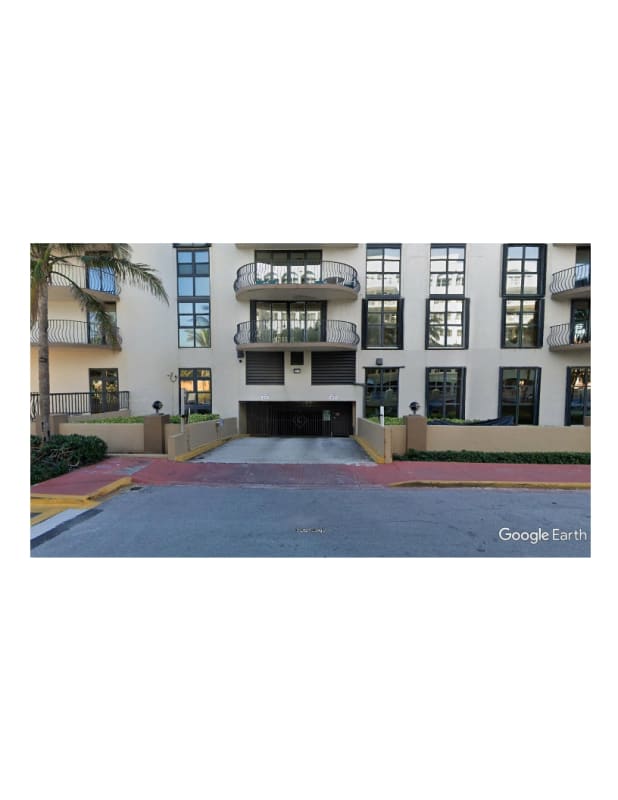
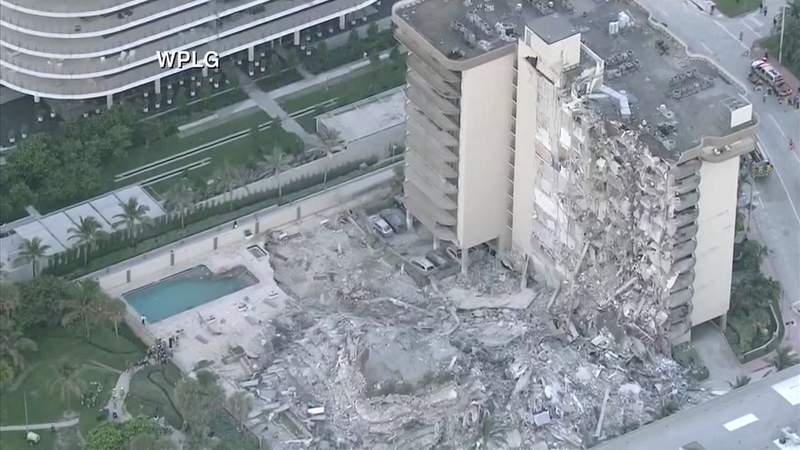
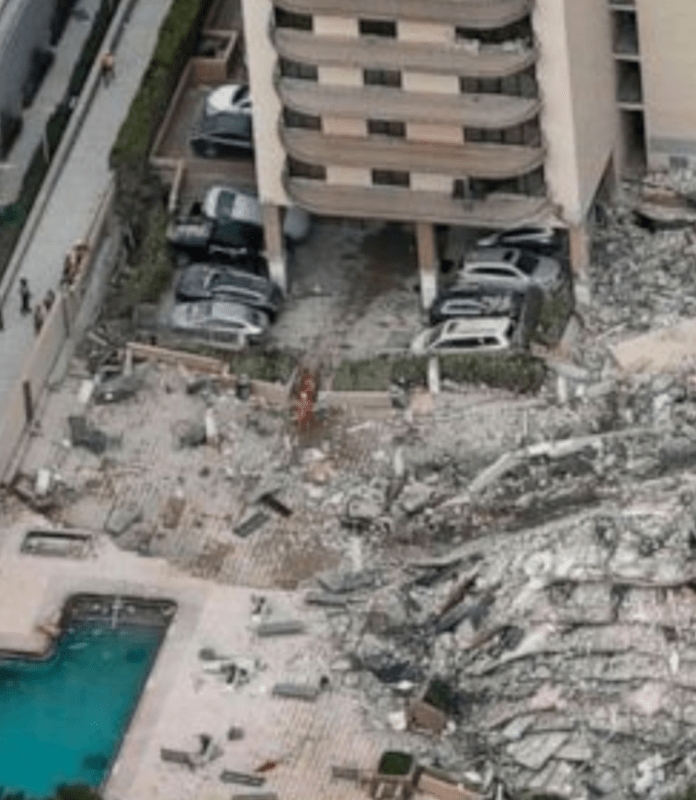
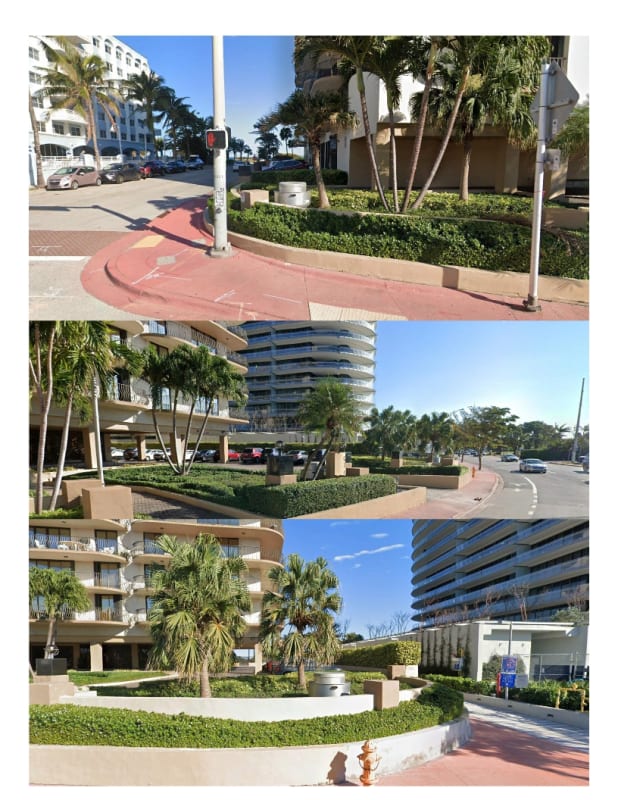
![[shadeshappy] [shadeshappy] [shadeshappy]](/data/assets/smilies/shadeshappy.gif) .
. 